Center-backs remain the backbone of almost every defensive system. Whether playing in a back four or as part of a back three, their role has evolved dramatically in modern football. No longer are they judged solely on clearances and tackles — today’s elite center-backs must dominate in different defensive contexts while also contributing to build-up play.
For scouts, coaches, and analysts, evaluating center-backs requires breaking down their game into distinct competencies. This article outlines a structured framework across three dimensions: defending in a high line, defending close to the own goal, and offensive contribution.
Defending in a High Line
In many modern systems, particularly those built on pressing and territorial dominance, the backline holds an aggressive, advanced position near the halfway line. A center-back in such a structure must excel in three areas:
1. Pressing Forward into Midfield
When opponents drop a midfielder between the lines, the center-back may need to step up and engage.
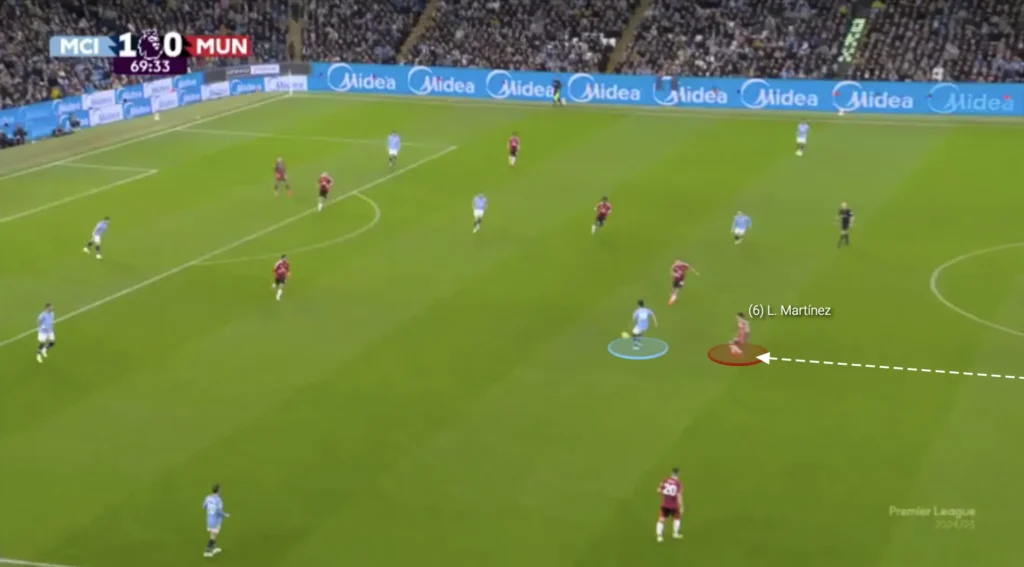
The key is timing and decisiveness: arrive too late and the midfielder turns; step too early and space opens behind. Scouts should observe:
- Body orientation: does the defender approach on the half-turn to remain ready for balls played behind?
- Communication: does he coordinate with midfielders to ensure cover when he steps forward?
- Decision-making: does he press only when support behind him is secured?
2. Defending Passes in Behind
High lines are vulnerable to direct balls over or through. The best defenders anticipate danger before it materializes.
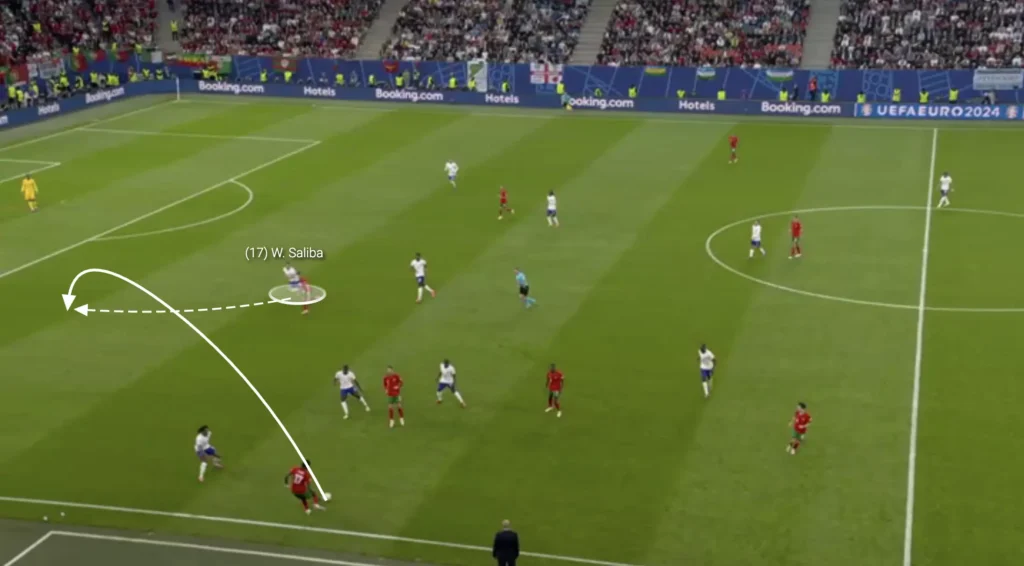
Look for:
- Positioning relative to the striker: staying slightly deeper than the line to sweep balls played in behind.
- Acceleration and recovery speed: not just straight-line pace, but the first steps when turning.
- Reading of cues: reacting early to the passer’s body shape or striker’s movement.
3. Covering Depth Behind Fullbacks
With fullbacks often advancing high, wide channels become exposed. Center-backs must cover these areas:
- Lateral mobility: shifting wide quickly without losing balance.
- 1v1 defending in isolation: handling wingers who attack into space.
- Partnership awareness: ensuring the other center-back tucks in to protect the middle.
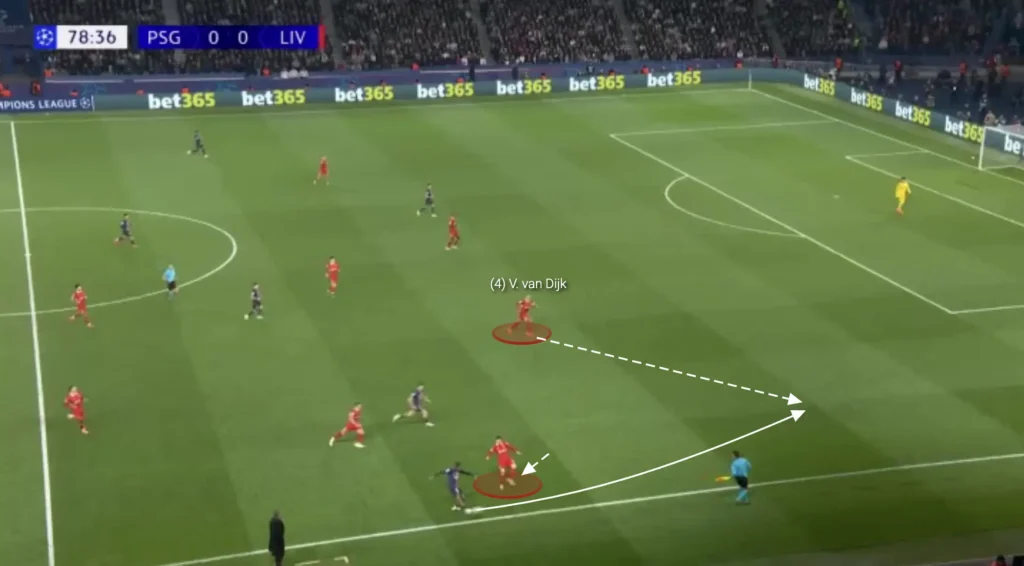
Defending Close to the Own Goal
When forced into deep defensive phases, a center-back’s responsibilities change dramatically. The job shifts from space control to direct duels and box defending.
1. Marking and Tracking Opponents
In crowded penalty areas, tight marking is crucial.
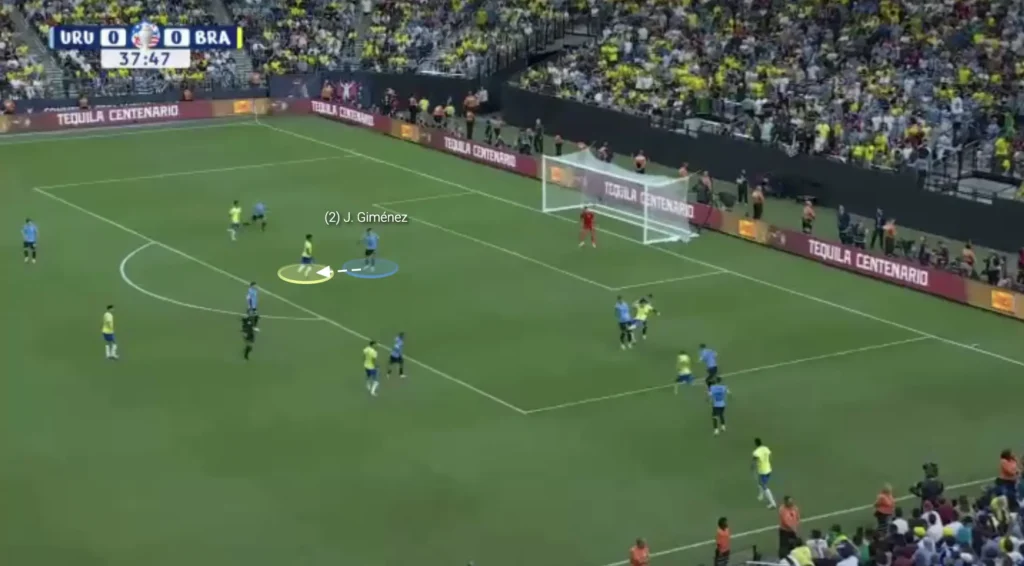
Scouts should evaluate:
- Concentration: does he scan frequently and maintain awareness of multiple runners?
- Physical contact: ability to use body strength without conceding fouls.
- Adaptability: switching between zonal and man-oriented marking depending on system.
2. Aerial and Ground Duels
Deep defending demands winning duels under pressure:
- Aerial timing: does he attack the ball early and clear effectively?
- Ground duels: composure in 1v1s, especially when isolated against strikers in the box.
- Second-ball reactions: speed to react when the first clearance drops nearby.
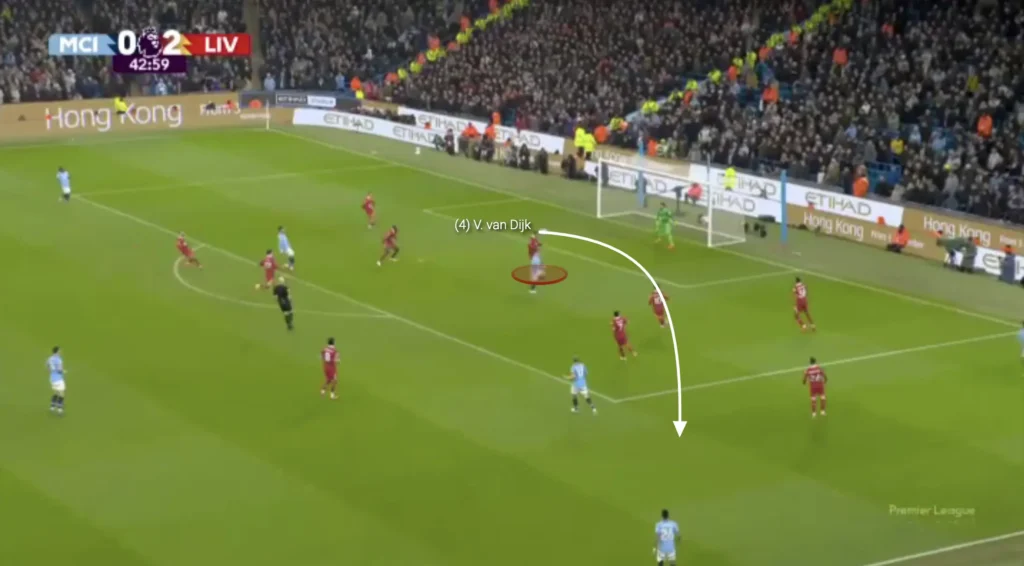
3. Blocking and Preventing Shots
Elite center-backs excel at reducing shot quality even when defending deep:
- Positioning between ball and goal: cutting shooting angles.
- Commitment to blocking: willingness to throw body into the line of fire.
- Anticipation: reading attackers’ movements before they strike.
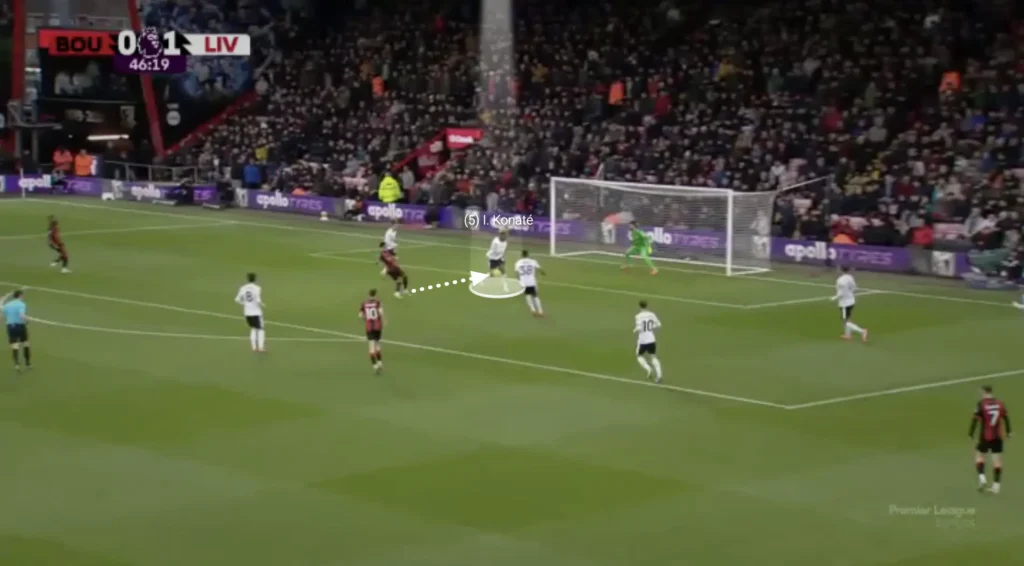
Offensive Contribution
Modern football increasingly demands that center-backs are not just defenders but also initiators of play. Their offensive value depends on how they handle two scenarios: facing a high press and breaking down a low-block.
1. Against High Pressure
When opponents press aggressively, the center-back must help secure progression. Scouts should assess:
- Composure under pressure: staying calm to find short solutions instead of forcing long clearances.
- Press resistance: ability to dribble out of pressure or use subtle body feints.
- Link-up play: connecting with the goalkeeper and midfielders to bypass the first pressing line.
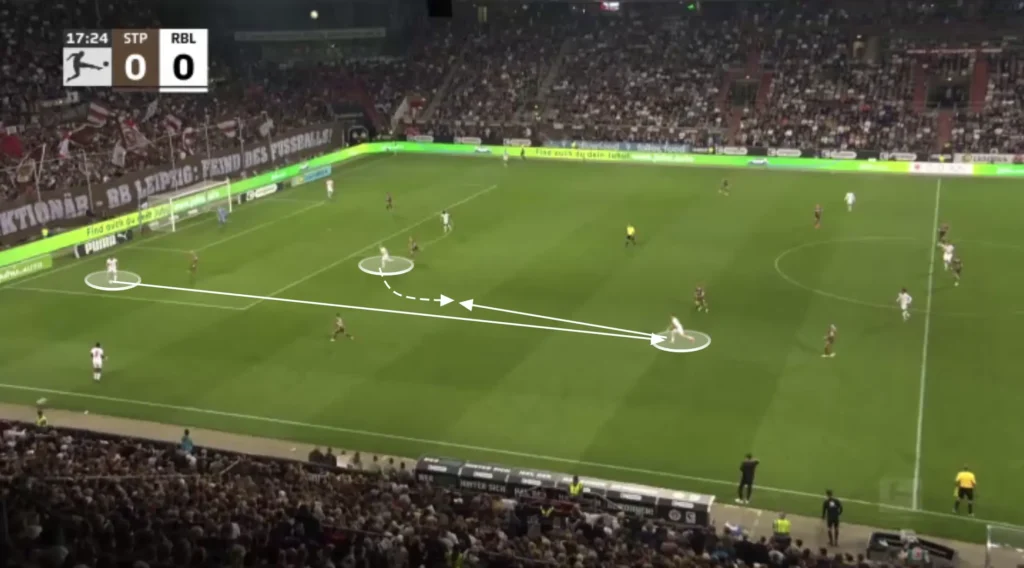
2. Against a Low Pressure
When facing compact opposition, progression often relies on the center-backs:
- Vertical passing: finding midfielders between the lines or strikers dropping short.
- Diagonal switches: long passes to stretch and disorganize compact defenses.
- Progressive carries: stepping into midfield with the ball to draw opponents out.
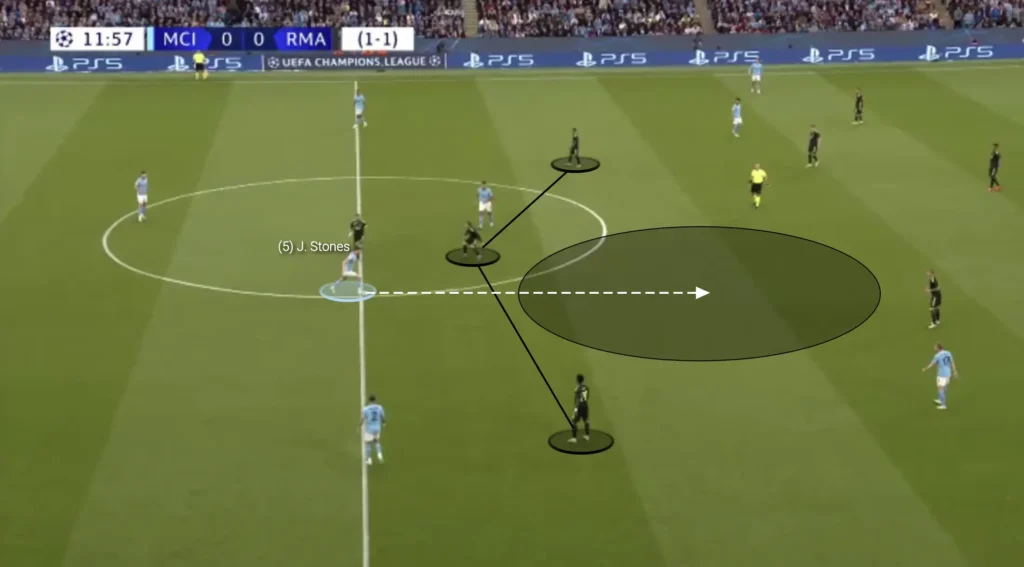
3. Offensive Risk Management
An underrated aspect is judgment: knowing when to attempt line-breaking passes and when to recycle. The best center-backs balance progression with security.
Scouting focus: the offensive side is where many talented defenders are separated from world-class ones. Technical proficiency and vision can elevate a center-back into a central piece of a team’s entire tactical identity.
Conclusion
Scouting center-backs requires more than counting clearances or duels won. A professional evaluation must consider how they perform in different contexts:
- High-line defending: anticipation, recovery, pressing into midfield, and covering fullbacks.
- Box defending: tight marking, aerial dominance, blocking, and composure under pressure.
- Offensive contribution: secure build-up under pressure, progression against lower defenses, and smart risk management.
By structuring analysis across these dimensions, scouts, coaches, and analysts can build a clear, evidence-based profile of a center-back. Ultimately, the best defenders are those who can adapt across contexts — balancing proactive defending high up the pitch with resilience in their own box, while also contributing to the team’s offensive rhythm.
This holistic perspective is what separates casual scouting from professional-level analysis.

Really enjoyed reading this. Football isn’t just about talent, it’s also about discipline, teamwork, and mentality — this analysis highlighted that perfectly.